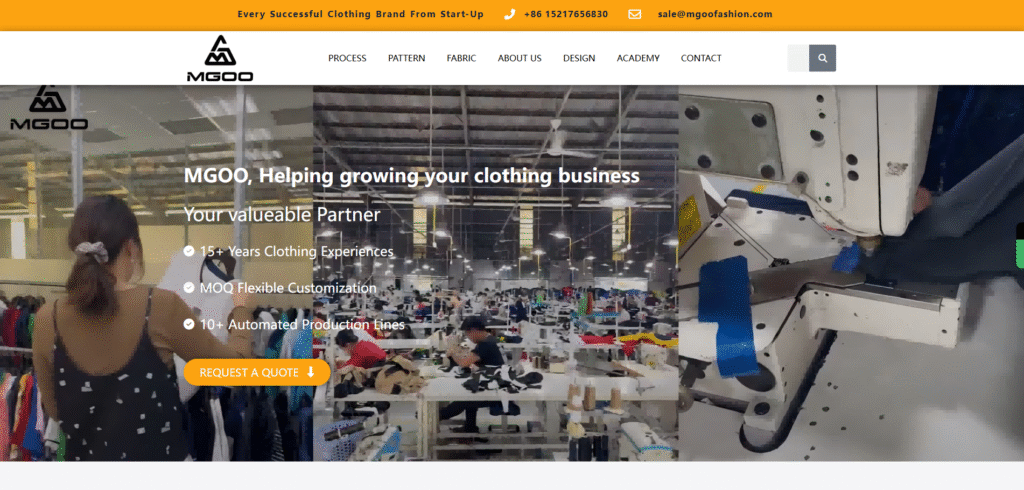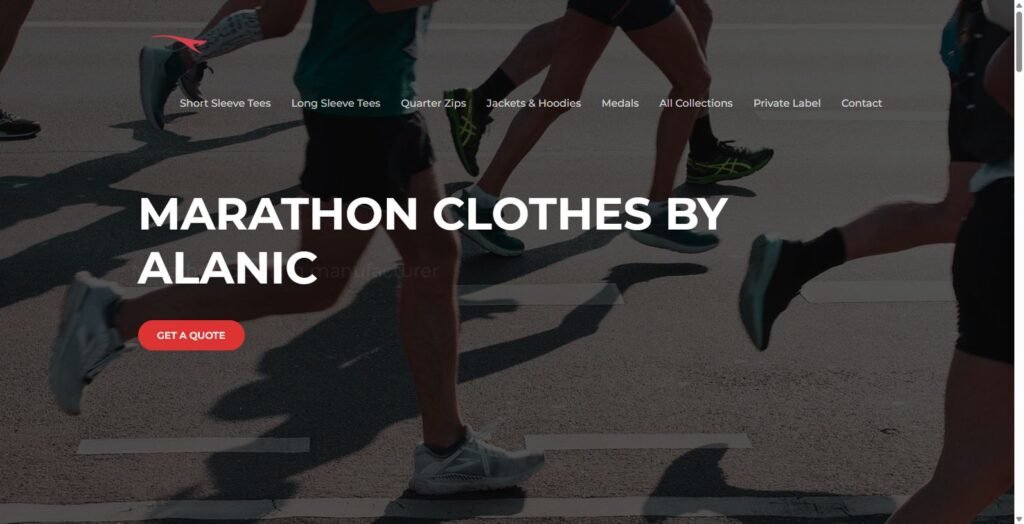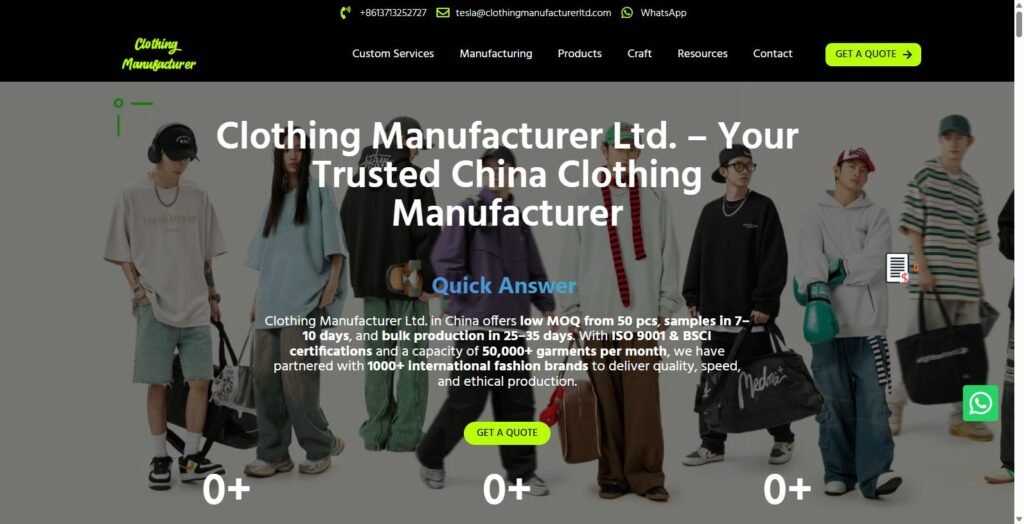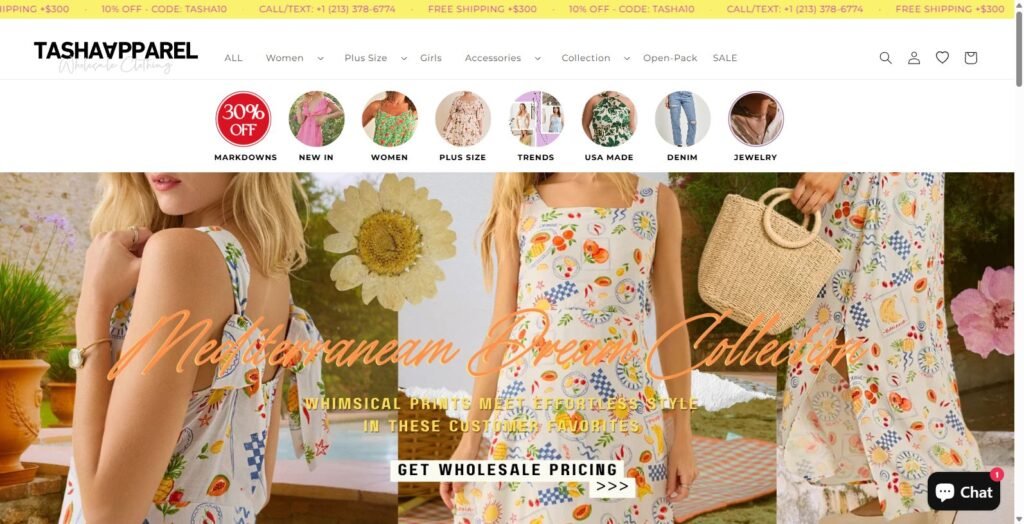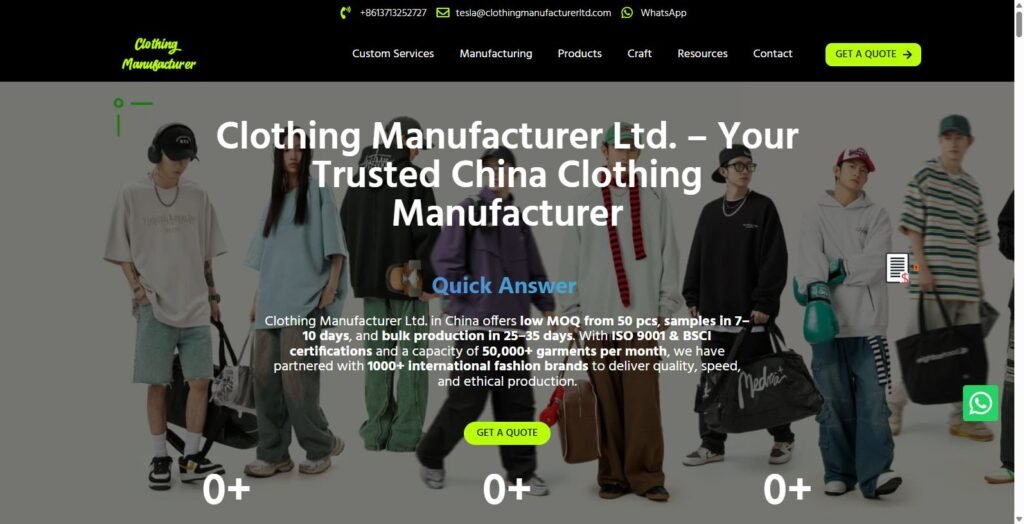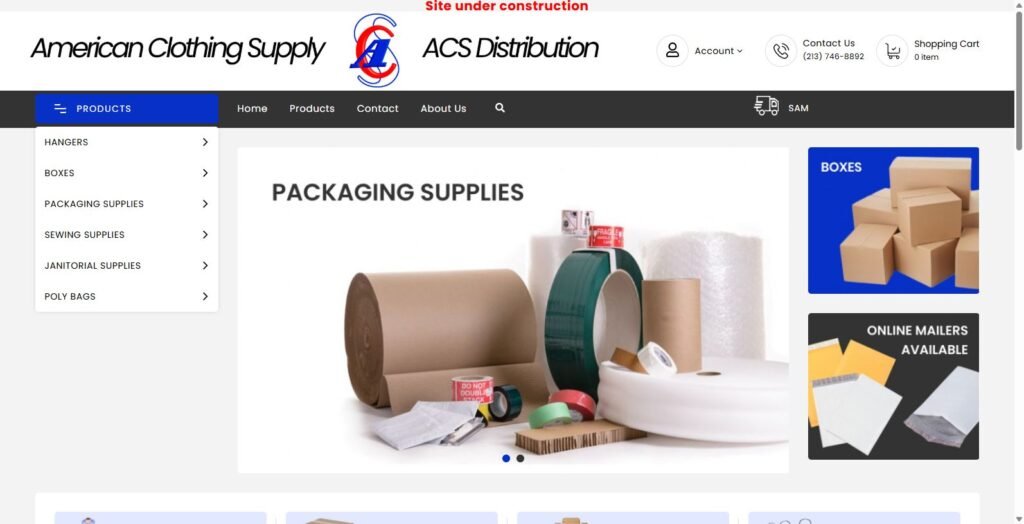Setting up a clothing line is about selling an experience. You want every element of it to be professional and to be in accordance with your vision. One of the best ways to do it is by branding. In this guide, we are going to talk about everything you need for excellent custom printed clothing labels.

We will discuss the options for materials, design suggestions, and the procedures for production. We will also include briefly common mistakes for you to avoid. This guide will be the one that will let you add that extra touch to your clothes.
High-Quality Label as an Asset
A magnificent label is way beyond just a tag with your name on it. It is a part of your item and your brand. One of the best ways of getting this achieved is via the investment in custom printed clothing labels.
The necessity of quality is:
- Branding & Professionalism: A good label will make your product look professional. It can change the whole feel of a garment from the view of “handmade” to “designer” piece. It proves your attention to detail.
- Customer Information: Labels give directions to your customers on how to keep the clothes they have bought and this refers to wash directions and the kind of materials that have been used in the clothing. Providing good information helps customers enjoy garments that last longer.
- Legal & Compliance: In certain cases, the law states that you must put on a label the country of origin and the fiber content. A label is the right place to state this.
- Brand Recall: The tag will stay with the garment for its entire life. It is a discreet form of branding. The moment a client wears it, it reminds him or her your brand over and over again.
What’s in a Label?
Choosing the materials to be used for your label is one of the most crucial decisions. It is the one that determines how the label will feel, how long it will last, and how your logo will look. The materials you opt for in custom printed clothing labels are the main way to create a specific visual style for your brand.
Let’s check out the most popular options available.
Satin Polyester Labels
Satin polyester labels are entwined with a silky, smooth surface and a light sheen. They are the most luxurious that you can find on the market. This fabric feels so soft against the skin.
- Best For: Ladies’ lingerie, high-end t-shirts, dresses, or any item that requires the use of soft, high-quality materials.
- Pros: Very soft, provides excellent print quality for fine details, looks premium.
- Cons: They may fray at the edges sometimes if the cutting and sealing are not done properly.
Natural Cotton Labels
Cotton labels are soft, breathable, and have a natural, matte look. They are a popular choice for brands that want to project an organic or eco-friendly image.

- Best For: Baby clothes, organic apparel, casual wear, and eco-conscious brands.
- Pros: Soft and non-irritating, sustainable, and has a rustic, high-quality feel.
- Cons: Print details may not be as sharp as on satin. Can absorb more moisture.
Tyvek Labels
Tyvek is a unique material that feels like paper but is much stronger. It is waterproof, tear-resistant, and extremely durable.
- Best For: Outerwear, workwear, mattresses, and industrial products where durability is essential.
- Pros: Very durable, waterproof, lightweight, and can be written on.
- Cons: Can be crinkly and is not as soft against the skin.
TPU Labels
TPU is short for Thermoplastic Polyurethane. It is a soft, flexible, and often transparent material that feels like rubber. It is modern and very comfortable.
- Best For: Swimwear, activewear, yoga pants, and performance gear.
- Pros: Extremely soft, flexible, waterproof, and will not irritate the skin.
- Cons: The transparent look may not fit every brand’s style.
Here is a simple table to help you compare these materials:
| Feature | Satin Polyester | Natural Cotton | Tyvek | TPU (Rubber-like) |
|---|---|---|---|---|
| Softness | Very High | High | Low | Very High |
| Durability | Good | Good | Excellent | Excellent |
| Print Detail | Excellent | Good | Good | Very Good |
| Cost | Low-Medium | Medium | Low | Medium-High |
| Best Use Case | Luxury, General | Eco, Baby | Outerwear | Activewear |
Printed vs. Woven vs. Heat Transfer: A Strategic Choice
After you have selected a material for your label, the next step is to choose the label type. This decision impacts the feel of your brand, your production speed, and budget. Printed, woven, and heat transfer are the three main types.
Printed Labels
Printed labels are made by printing your design directly onto a roll of material like satin or cotton. This method is faster and works for intricacy designs. Because they are printed, they can exhibit fine details and a variety of colors. Because of this, most options for custom care labels are printed.

Photorealistic images or designs with gradients work best with this printing technology.
Woven Labels
Woven labels are the established reference for premium brands. The design is not printed on top. It is woven into the fabric itself using threads. This gives the label a rich texture and makes it very durable.
Woven labels are best for simpler, bold logos with a few solid colors. In comparing woven fabric labels with printed labels, woven labels are usually regarded as higher value. However, they may take a bit more money and are not properly suited for complex artwork.
Heat Transfer (Tagless) Labels
Heat transfer labels are also named “tagless” labels. They are realized by printing onto particular paper and then adhered to the item under the heating process. There is not any fabric tag, hence a thing to cause itchiness or a disturbance to the skin.
This is the most comfortable option. It is the top choice for t-shirts, athletic apparel, and children’s clothing. The look is clean and modern.
From Concept to Cloth: A 7-Step Workflow for Perfect Custom Printed Clothing Labels
The whole process of getting your labels made can seem complicated. However, if you stick to a clear procedure, you can steer clear of the most common problems. We are privileged to have worked with numerous brands who have successfully created their own custom printed clothing labels. Here is our expert 7-step workflow.
Step 1: Define Your Label’s Purpose & Placement
At first, decide on the label’s purpose. Will it be your main brand label? A care and content label? A size tag? Or a combination of all three? Also, think about where it will go. Will it be in the neck, on a sleeve, or along a side seam?
Step 2: Master the Design
Be minimalistic in your design. Use fonts that are not complicated to read. In our experience, the use of fonts below 6pt leads to the possibility of unreadable writing on satin. Utilizing larger fonts is always better. Make sure your logo has a good contrast with the background color. A simplified version of your logo may work best.

Step 3: Prepare Your Artwork File
Your supplier will need a digital of your design. Always make sure to export the final design as a vector PDF or AI file. Vector files will guarantee no loss of quality when resized. If you must use a pixel-based file like a PNG, high resolution is a must. It should be at least 300 DPI.
Step 4: Vet Your Supplier
Find a supplier that fits your needs. Look for companies that have low minimum order quantities (MOQs) if you are a startup. Verify clarity in pricing, favorable customer reviews, and the quality of the service provided. Numerous trusted custom label providers have a stable presence in the market.
Step 5: Always Approve a Proof
Prior to the manufacturing process, your supplier will send you a proof. This is a digital or physical sample of your label. Scan it closely for any spelling mistakes, color discrepancies, or size issues. Do not give your consent until it is impeccable.
Step 6: Understand Production & Shipping Times
Inquire of your supplier on the production as well as the lead time of your labels. It can take days to weeks for production to be completed. Plan according to this timeline, so that you don’t suffer delays in the production of your garments.
Step 7: Plan for Application
How will you attach the labels to your clothes? Most of the people are used to labels that are sown. Some of them could be made with iron-on backing for the sake of easy application. Your clothing manufacturer must be aware of the type of label you have decided on.
Integrating Labels with Your Garment’s Customization
Labels aren’t standalone products but elements of a full package with a garment and other decorations. In parallel, the quality of your label must live up to the quality of your product.
For example, a basic t-shirt could be okay with a basic printed label but if it’s a hoodie with a high-quality textured effect, it should wear a special label too. When you engage in advanced decoration like the one mentioned in the ultimate guide to puff screen printing, your label should mirror that same commitment to quality.
As a full-service clothing manufacturer, we help brands achieve this integration. We assure the cohering of processes from core screen printing to the branding impacts realized. In handling specialized items like a puff print hoodie, we suggest clients to select a label that is durable but still soft, thus boosting the product.
Frequently Asked Questions (FAQ) about Custom Printed Clothing Labels
We have some of the most common questions about custom labels here, along with concise answers.
What is the difference between printed and woven clothing labels?
Printed labels are inked ink on top of a smooth material such as satin or cotton. This provides visual depth and color gradients that look realistic. With woven labels, the design is woven directly into the fabric. This gives a more classic look, a durable feel, and a premium touch.
What is the best material for custom printed clothing labels?
The choice is dependent on the specific type of product. Satin is best for giving a silky, luxurious look. Cotton is the best for organic or children’s brands. Tyvek is meant to be used on outerwear where durability is the main focus. TPU is very suitable for swimwear and activewear that need a soft and flexible tag.
How much do custom printed clothing labels cost?
Prices depend on factors such as the type of material, size, number of colors, and quantity. Generally, the cost per label falls dramatically with increased number of orders. You can expect the average to be from $0.10 to $1.00 per label.
What file format do I need for my label design?
In most cases, suppliers prefer receiving files in vector format such as .AI, .EPS, or .PDF which do not lose quality when scaled. Some might, however, accept high-res raster files, not less than .PNG or .PSD at 300 DPI or above.
Can you wash clothes with printed satin labels?
Yes, printed satin labels are made with high-quality materials and are durable. They can withstand normal washing and drying cycles. The print is permanent, and the label will not fade away, nor will it peel with proper care.
The Behind-the-Scenes that Distinguishes Your Brand
Deciding on the right material and label type is a pivotal decision for your brand. It greatly impacts the way your products are perceived by customers. The well-crafted custom printed clothing label serves not only as a legal obligation but also a strong branding tool.
It is this small detail, which ascertains quality and care. It creates trust and keeps you in your customers’ minds long after the purchase.
Wish to give your customers a holistic brand experience from garment to tag? Consult the pros at Clothing Manufacturer Ltd. to learn more about how we can make your vision a reality.



